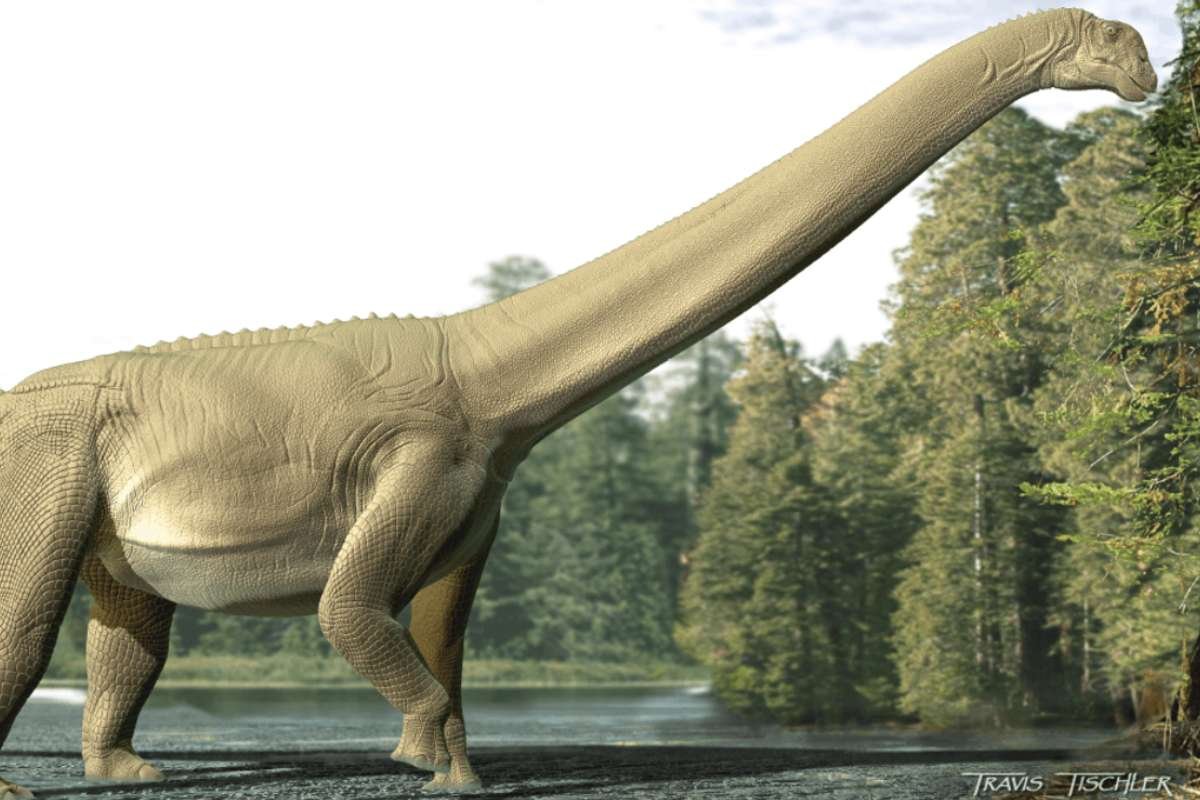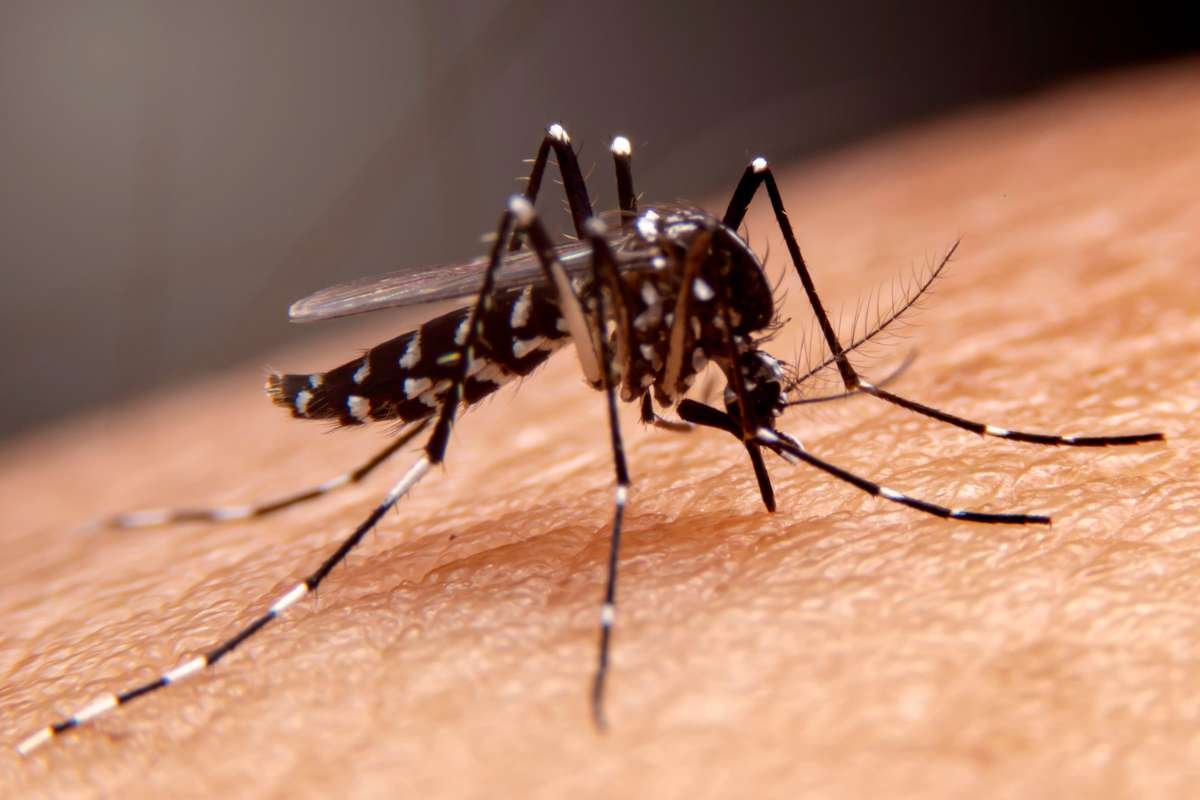For the first time ever, scientists have uncovered Sauropod Stomach Contents, providing fresh insights into the eating habits and digestive processes of these massive herbivores. The fossil came from a Diamantinasaurus matildae specimen, a type of sauropod that lived between 94 and 101 million years ago in what is now Queensland, Australia. The discovery was made in 2017 by staff and volunteers at the Australian Age of Dinosaurs Museum of Natural History.
Alongside the near-complete skeleton, researchers found a mysterious lump of rock. Further examination revealed it to be a cololite a rare preservation of sauropod stomach contents. Inside, they found fossilized remains of plants such as conifers, seed-fern fruiting bodies, and angiosperm leaves. This groundbreaking find supports the long-standing belief that sauropods were plant-eaters and introduces compelling evidence about how they digested their food.
Unlike modern herbivores like cows that chew their food thoroughly, sauropods apparently swallowed their meals with minimal chewing. Instead, they relied on microbial fermentation in their massive guts to break down the plant material. This process is still seen today in large hindgut fermenters like elephants and rhinos.
“Gastric Furnaces” and Heat Management in Giant Dinosaurs
The researchers described the Sauropod Stomach Contents and digestive systems as ‘gastric furnaces,’ producing considerable internal heat through fermentation. Lead author Stephen Poropat from Curtin University suggested that the dinosaurs’ long necks and tails might have helped dissipate this heat similar to how elephants use their large ears to regulate temperature. He also speculated that the elongated body shape could have helped distance the brain from the intense internal warmth generated in the gut.
The find doesn’t just enhance understanding of sauropod biology; it also reshapes how scientists think about their role in prehistoric ecosystems. These dinosaurs, often only imagined in their gigantic adult forms, likely influenced their surroundings at every stage of life. Even young sauropods would have consumed large amounts of vegetation, creating ecological pressure on plant life from the ground up.
Ecosystem Engineers of the Cretaceous Era
Poropat emphasized that Sauropod Stomach Contents reveal how sauropods impacted their environment not only by consuming plants but also by influencing how plants evolved. He noted that their feeding habits likely pressured plants to develop rapid growth strategies, physical defences like spines, or chemical deterrents. In some cases, plants may have adapted to use the dinosaurs for seed dispersal by developing fruit or pods that could survive digestion.
Whether as hatchlings stripping low-growing vegetation or as adults reaching the highest branches, sauropods acted as “ecosystem engineers.” Their constant feeding and roaming behaviors shaped plant communities across the ancient world.
This world-first discovery not only confirms theories about sauropod herbivory but also paints a detailed picture of how these giants functioned and thrived in their environment, without ever needing to chew a bite.
Visit more of our news! The Lifesciences Magazine.







